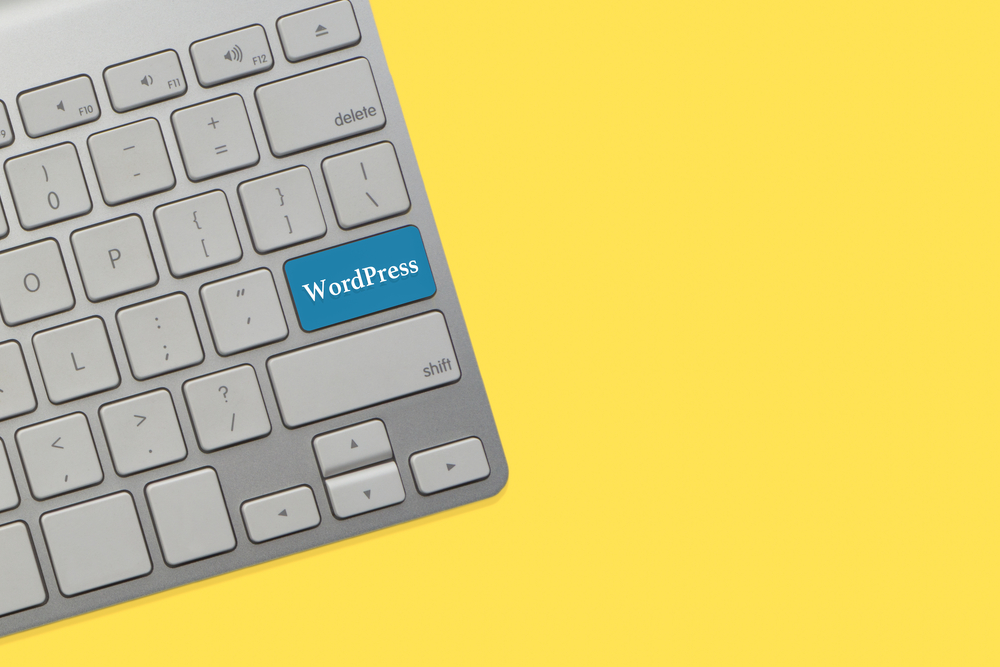
Thinking of starting a blog or looking for ways to improve your current one? In today's digital age, having a successful and engaging blog can be a powerful tool for businesses, individuals, and brands to connect with their audience, establish expertise, and drive traffic to their website. However, with millions of weblog site out there, it can be challenging to stand out and attract readers. That's why we've put together this ultimate guide to help you create a blog that not only captures attention but also keeps readers coming back for more.
Identify Your Audience
One of the first steps to creating a successful blog is to identify your target audience. Knowing who you are writing for will help you tailor your content to their interests, preferences, and needs. Conducting market research or creating buyer personas can be helpful in blog understanding your audience's demographics, behaviors, and challenges. By knowing your audience, you can create content that resonates with them and keeps them engaged.
Create Compelling Content
At the heart of every successful blog is great content. Your blog posts should be informative, entertaining, and valuable to your readers. Consider the type of content that will best serve your audience, whether it's how-to guides, listicles, case studies, or opinion pieces. Make sure your content is well-written, free of errors, and provides insights or solutions to your readers' problems. Additionally, incorporating visuals such as images, infographics, or videos can make your content more engaging and shareable.
Optimize for SEO
Search engine optimization (SEO) is crucial for driving organic traffic to your blog. By optimizing your blog posts for relevant keywords, meta descriptions, and headers, you can improve your chances of ranking higher in search engine results pages. Conduct keyword research to identify high-volume, low-competition keywords that relate to your blog's topic. Use these keywords strategically throughout your blog posts, but avoid keyword stuffing, which can harm your SEO efforts.
Promote Your Blog
Creating great content is only half the battle; promoting your blog is equally important. Share your blog posts on social media, email newsletters, industry forums, and other platforms where your audience is likely to be present. Collaborate with other bloggers or influencers in your niche to reach a wider audience. Additionally, guest posting on reputable websites can help drive traffic back to your blog and establish your authority in your industry.
Engage with Your Audience
Building a loyal readership requires engaging with your audience regularly. Encourage comments on your blog posts, respond to reader feedback, and ask for their input on future content ideas. Hosting giveaways, polls, contests, or Q&A sessions can also help foster community engagement and weblog keep readers coming back for more. By listening to your audience and addressing their needs, you can build a strong relationship with them over time.
Measure and Analyze
Tracking the performance of your blog is essential for understanding what works and what doesn't. Use tools like Google Analytics to monitor key metrics such as traffic, bounce rate, time on page, and click-through rate. Analyze this data to identify trends, determine which types of content are resonating with your audience, and make informed decisions for future blog posts. Experiment with different strategies, formats, and topics to see what drives the best results for your blog.
Monetize Your Blog
If you're looking to turn your blog into a source of income, there are several ways to monetize your content. One common method is through affiliate marketing, where you promote products or services in exchange for a commission on sales. You can also display ads on your blog through platforms like Google AdSense or partner with brands for sponsored content. Another option is to offer premium content or digital products such as e-books, online courses, or exclusive newsletters to your audience for a fee.
Frequently Asked Questions
Q: How often should I post on my blog?
A: The frequency of your blog posts will depend on your audience, your content strategy, and your resources. Some bloggers post daily, while others post weekly or biweekly. Consistency is key, so choose a posting schedule that you can maintain and that works for your audience.
Q: How long should my blog posts be?
A: There is no one-size-fits-all answer to this question, as the ideal length of a blog post can vary depending on the topic, the audience, and the format. In general, aim for at least 300 words to provide enough information and value to your readers, but don't be afraid to go longer if the topic requires it.
Q: How can I come up with new content ideas for my blog?
A: Keeping your blog fresh and interesting is essential for retaining readers and attracting new ones. To generate new content ideas, consider conducting keyword research, looking at industry trends, asking your audience for feedback, or repurposing existing content blog website in different formats.
Q: How can I build a strong social media presence for my blog?
A: Social media can be a powerful tool for promoting your blog and connecting with your audience. To build a strong social media presence, be active on platforms where your audience is present, engage with your followers, share your blog posts and other relevant content, and use social media analytics to track your performance.
Q: Is it important to have a mobile-friendly blog?
A: With more and more people accessing the internet on mobile devices, having a mobile-friendly blog is crucial for reaching a wider audience and providing a seamless user experience. Ensure that your blog is optimized for mobile devices, with responsive design, fast loading times, and easy navigation.
Other useful resources